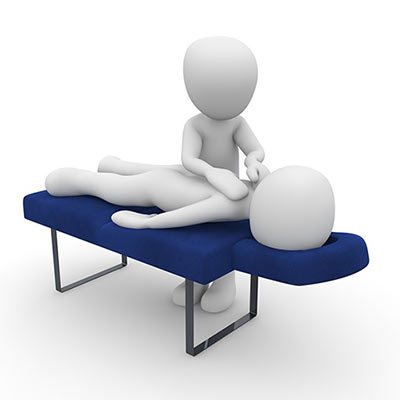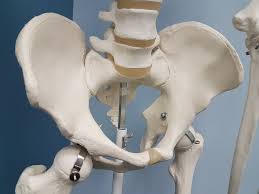Physiotherapists get injured too! How I rehabilitated my own injury
Yes, Physiotherapists get injured too! Sometimes more often than others because we think we know it all. This article is about how I recovered from my own injury as a physiotherapist. I will discuss some particulars to my specific injury, however this article is about what I learnt being the patient instead of the physiotherapist. This article will give people an insight into some of the most important aspects of assisting yourself to recover.
Motivation
The first thing I learnt was injuries suck! I love being fit and healthy and my favourite hobbies all revolve around sport and exercising. However, being injured impacted on so much more. Being injured was painful. This impacted on my mood which was already low because I was unable to do all the things I loved.
Being injured impacted on my work life, it impacted on getting ready every morning, it impacted on my social and personal life. I was playing football and futsal at a representative level and during my recovery I missed almost a whole season in which my team won a grand final.
Basically, I didn’t like being injured and I wanted to change it. I think this motivation is important, I always try to remind people about why they are motivated to recover as this will always serve them well on their path to recovery.
Diagnosis
Once I realised I didn’t like being injured and wanted to change it I had to work out what was causing my pain. What injury was I suffering from? This is where my knowledge did assist me.
I had a physiotherapist colleague assess me and they confirmed what I had suspected. I had an x-ray to confirm I was suffering from Osteitis Pubis. Osteitis Pubis is an inflammation of the cartilaginous joint at the front of the pelvis (pubic symphysis). Chronic Osteitis pubis can lead to degeneration and bony changes in the joint, often causing groin pain.
Diagnosing an injury is an important step and involves seeing a health professional and can sometimes also involve medical imaging or tests. The most important thing is actually committing to determining what is causing your pain/what injury you are suffering from.
Treatment/Recovery
Once I knew what my injury was I then had to work out how I could recover. Being a physiotherapist I knew this injury well. It is a chronic injury and can often be very hard to recover from.
I had many friends who were suffering from this injury and it had impacted on their life. Again, I returned to see a physiotherapist colleague of mine to assess my injury and various factors that could have led to me suffering from this chronic injury.
The biggest issues for me were assessed as being my sport and training load, and various weaknesses and imbalances within my body.
I took these assessment results, advice from my colleague and my own knowledge and formulated a plan for myself. This injury can often lead to people having to have surgery and I did not want to have to go down this path if I could avoid it.
In regards to this specific injury, I took a very long time to recovery. It was almost 1 year from when I stopped playing sport to my first game back. It took a combination of rest, stretches, strengthening exercises, physiotherapy treatment and a gradual return to sport.
Lessons from Rehabilitating My Pelvis Pain
I completed some very similar (and, to be honest, boring) exercises for a long period of time because this is what my injury required. There was quite a few setbacks along the way and often thought I would never feel “normal” again.
I have now been playing sport again for over 2 years since returning. There has been some pain on occasions, however I now know how to manage my injury and symptoms.
I often use this experience to help motivate my own clients. They very rarely have the same injury, however I have learnt to understand what they are going through. I understand how it can affect them, not just in a sporting context but in all areas of their life.
Conclusion
In summary, being a physiotherapist is helpful in diagnosing and knowing how to resolve an issue. However, the most important attributes to recovering from an injury are persistence and consistency.
This is no different for someone who has the knowledge about an injury themselves (physiotherapist) or someone who has been advised about an injury (patient).
A chronic injury is often developed over a long duration of time and therefore takes a long time to resolve. Staying consistent with exercises (stretches and strengthening) and being patient are key to recovery from all injuries. I always urge people to use the motivation of the end goal to stay consistent and with the right plan this will always yield positive results.


